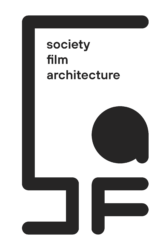Why posters?
The poster is characterized by a whimsical arrangement of space in two dimensions. It explores the concept of freedom, particularly freedom of expression, and emphasizes the defiance required to engage with many components such as iconography, materiality, scale, hierarchy, temporality, expression, color, rhythm, tone, abstraction, and materialization. The process of creating a poster involves a systematic synthesis, wherein the objective is to effectively convey a message via the graphical representation of concepts and language. This requires achieving a harmonious balance between the conceptual framework, visual elements, and textual content.
The use of chromatic elements might be understood as a deliberate response to a metaphorical inquiry into the color palette of a monochromatic film. Therefore, the depicted items undergo a reduction in color saturation, serving as a visual focal point in Fritz Lang’s film (on season 2). In contrast, the background draws inspiration from the vibrant, colorful spectrum of the various activities, such as workshops, exhibitions, or round table discussions.
The SF(a) posters are characterized by their animation, which stems from the perpetual absence of a definitive resolution. They resemble a signaling system that is not driven by the destination it intends to convey but rather by a starting point that leads to an unpredictable outcome. The individuals who participate in the activities and are involved in the creative processes associated with society, cinema, and architecture are the subjects of interest. The poster symbolizes a distinct moment in time, a moment that holds both anticipation, encounter, and recollection.
Visual communication
How can one effectively convey a message without imposing specific instructions and without beforehand influencing the outcome of the message? Several inquiries occur when faced with the task of creating an alternative poster. The posters include an inherent didactic function, as they convey a message and express a quest that combines personal observations and an adaptive process to one’s own world. Consequently, they offer fresh perspectives for others to understand.



